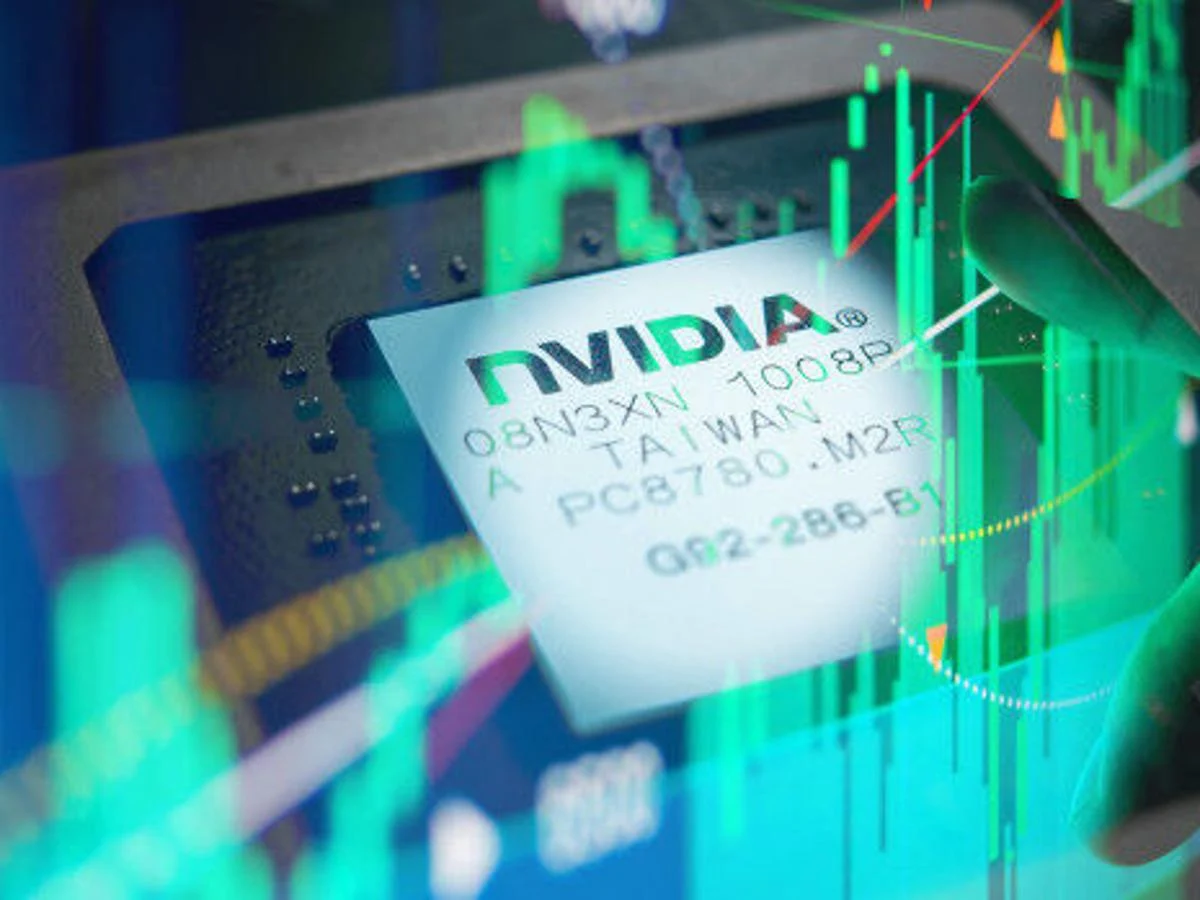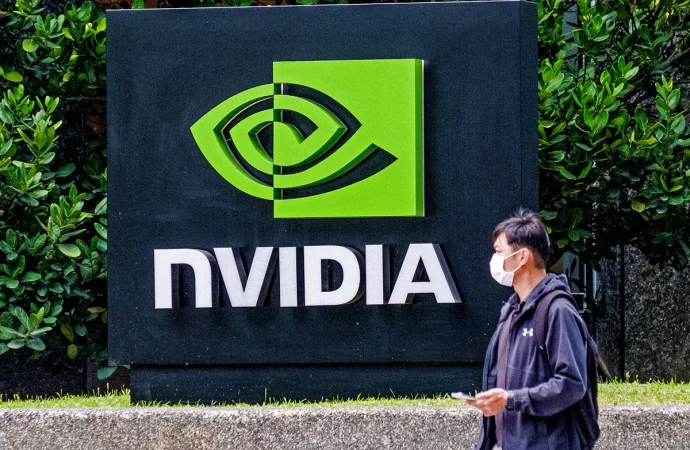About the Author: Dr. Amelia Wang is a renowned researcher in the field of Artificial Intelligence with over 15 years of experience. Her work focuses on large language models (LLMs) and their applications. In this article, Dr. Wang dives into the groundbreaking capabilities of Nemotron-4, a revolutionary tool for generating synthetic training data for LLMs.
About the Author:
Dr. Amelia Wang is a renowned researcher in the field of Artificial Intelligence with over 15 years of experience. Her work focuses on large language models (LLMs) and their applications. In this article, Dr. Wang dives into the groundbreaking capabilities of Nemotron-4, a revolutionary tool for generating synthetic training data for LLMs.
Headings:
- The Bottleneck of AI Development: Training Data Scarcity
- Introducing Nemotron-4: A Game-Changer for Synthetic Data
- Unveiling Nemotron-4’s Powerhouse Features
- Instruct Model: Tailoring Synthetic Data Generation
- Reward Model: Ensuring Quality and Relevancy
- Nemotron-4’s Impact: A Boon for Diverse Audiences
- Business Leaders in Tech
- Researchers and Academics in Computer Science
- Beyond the Hype: Practical Applications of Nemotron-4
- Building Custom LLMs for Specific Tasks
- Enhancing Existing AI Systems
- A Glimpse into the Future: The Rise of Synthetic Data-Driven AI
Informative Table: Nemotron-4: Key Features at a Glance
| Feature | Description |
|---|---|
| Instruct Model | Generates diverse synthetic data mimicking real-world information based on user-defined instructions. |
| Reward Model | Evaluates generated data for helpfulness, correctness, coherence, complexity, and verbosity, ensuring high-quality training material. |
| Open Model License | Freely accessible for developers and researchers, fostering collaboration and innovation. |
| Seamless Integration | Integrates smoothly with NVIDIA’s NeMo and TensorRT-LLM frameworks for efficient LLM development. |
Comparative Table: Traditional vs. Synthetic Data for LLM Training
| Data Source | Advantages | Disadvantages |
|---|---|---|
| Real-World Data | Authentic and representative | Scarce, expensive to collect, privacy concerns |
| Synthetic Data (Nemotron-4) | Abundant, customizable, privacy-protected | Requires fine-tuning for specific applications |

This image is taken from google.com
The relentless march of Artificial Intelligence (AI) development hinges on a crucial element: training data. Large language models (LLMs), a powerful class of AI capable of generating human-quality text, require massive amounts of data to learn and perform effectively. However, acquiring this data can be a significant hurdle. Traditional methods rely on real-world data, which is often limited in quantity, expensive to collect, and can raise privacy concerns.
This article explores Nemotron-4, a groundbreaking development from NVIDIA AI. This suite of open models (Nemotron-4 340B) empowers developers and researchers to harness the potential of synthetic data for training large language models.
Synthetic data is artificially generated information that mimics real-world data. Nemotron-4 addresses the challenges of traditional data acquisition by generating high-quality synthetic data that closely resembles real-world information. This eliminates the need for vast amounts of real-world data, making LLM development more accessible and efficient.
The article delves into Nemotron-4’s two key models: the Instruct model and the Reward model. The Instruct model allows users to tailor synthetic data generation based on specific needs. For instance, a business developing a customer service chatbot could use the Instruct model to generate data that simulates real customer inquiries. The Reward model acts as a quality control mechanism, ensuring the generated data is helpful, accurate, and relevant for LLM training.
Impact on Diverse Audiences:
Nemotron-4 offers a multitude of benefits for various audiences:
- Business Leaders in Tech: Can leverage Nemotron-4 to develop custom LLMs for tasks like product development, customer service chatbots, or market analysis. Imagine an LLM trained on synthetic data specifically tailored to analyze customer reviews and identify product improvement opportunities.
- Researchers and Academics in Computer Science: Can explore the frontiers of AI by experimenting with different synthetic data generation techniques and evaluating their impact on LLM performance. This open-source platform fosters collaboration and innovation within the research community.
Practical Applications:
The applications of Nemotron-4 extend beyond theoretical advancements. Businesses can utilize it to:
- Build custom LLMs for specific tasks, like generating marketing copy or analyzing customer sentiment. A marketing team could develop an LLM that can create targeted social media ad copy based on synthetic data mimicking customer demographics and interests.
- Enhance existing AI systems by providing them with a broader range of training data, leading to improved performance and accuracy. Imagine a virtual assistant fine-tuned with Nemotron-4 generated data, allowing it to handle more complex user queries and provide more comprehensive responses.
A Glimpse into the Future: The Rise of Synthetic Data-Driven AI
Nemotron-4 marks a significant leap forward in the field of AI. By unlocking the potential of synthetic data, this revolutionary tool paves the way for a new era of LLM development and innovation. As we move forward, synthetic data is poised to play a pivotal role in shaping the future of AI. Here are some exciting possibilities on the horizon:
- Democratization of AI Development: Nemotron-4’s open-source nature and focus on synthetic data can make LLM development more accessible for smaller companies and research institutions. This can lead to a wider range of AI applications being developed across various industries.
- Enhanced Explainability and Trust: Synthetic data generation allows for greater control over the training data used for LLMs. This can lead to more transparent and explainable AI models, fostering trust and wider adoption.
- Reduced Biases: Real-world data can often harbor biases that can be reflected in LLMs. Synthetic data generation techniques can be designed to mitigate these biases, leading to fairer and more ethical AI systems.
The potential of Nemotron-4 and synthetic data is vast. As this technology continues to evolve, we can expect to see even more groundbreaking advancements in the field of AI, shaping a future where intelligent systems seamlessly integrate into our lives.
















